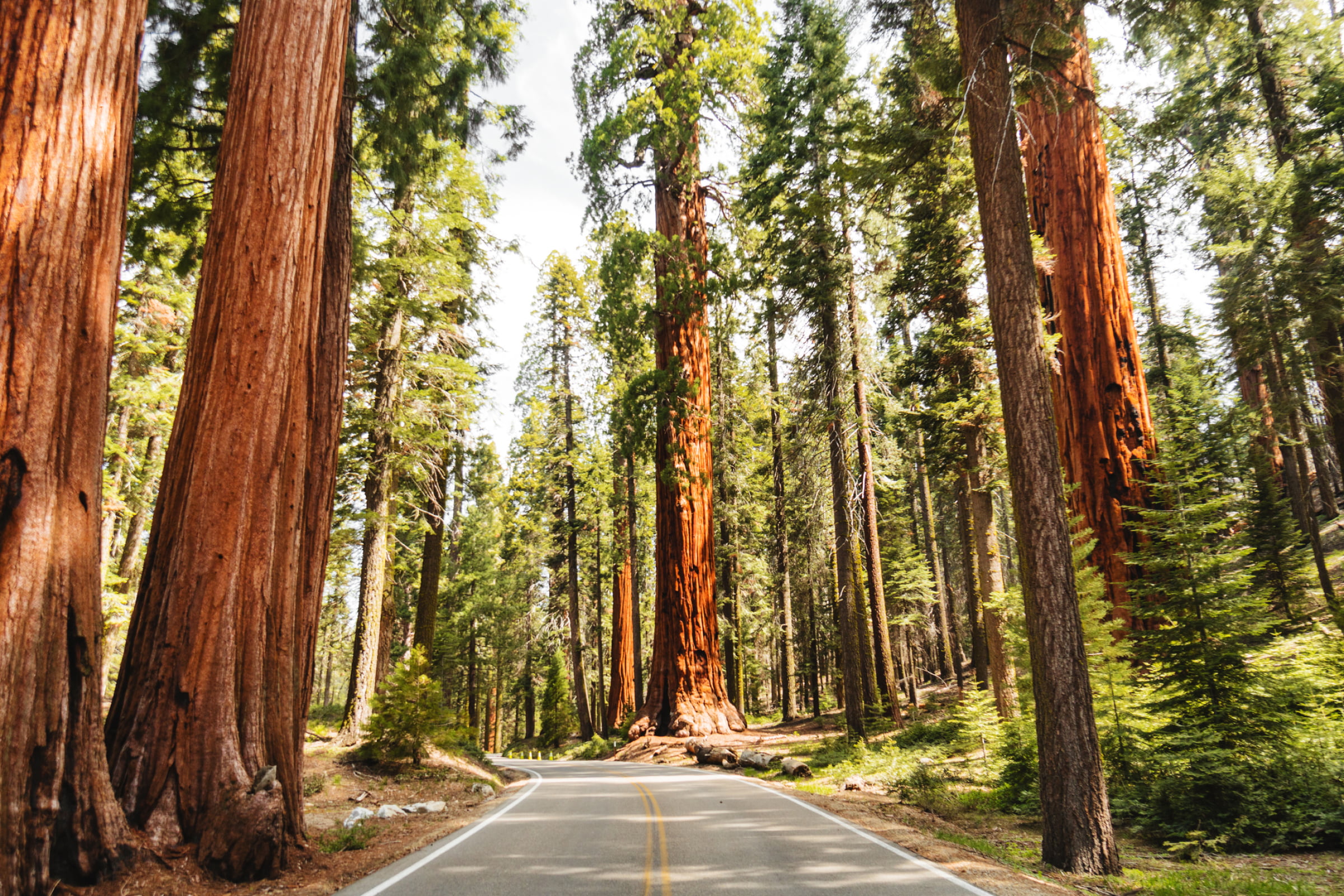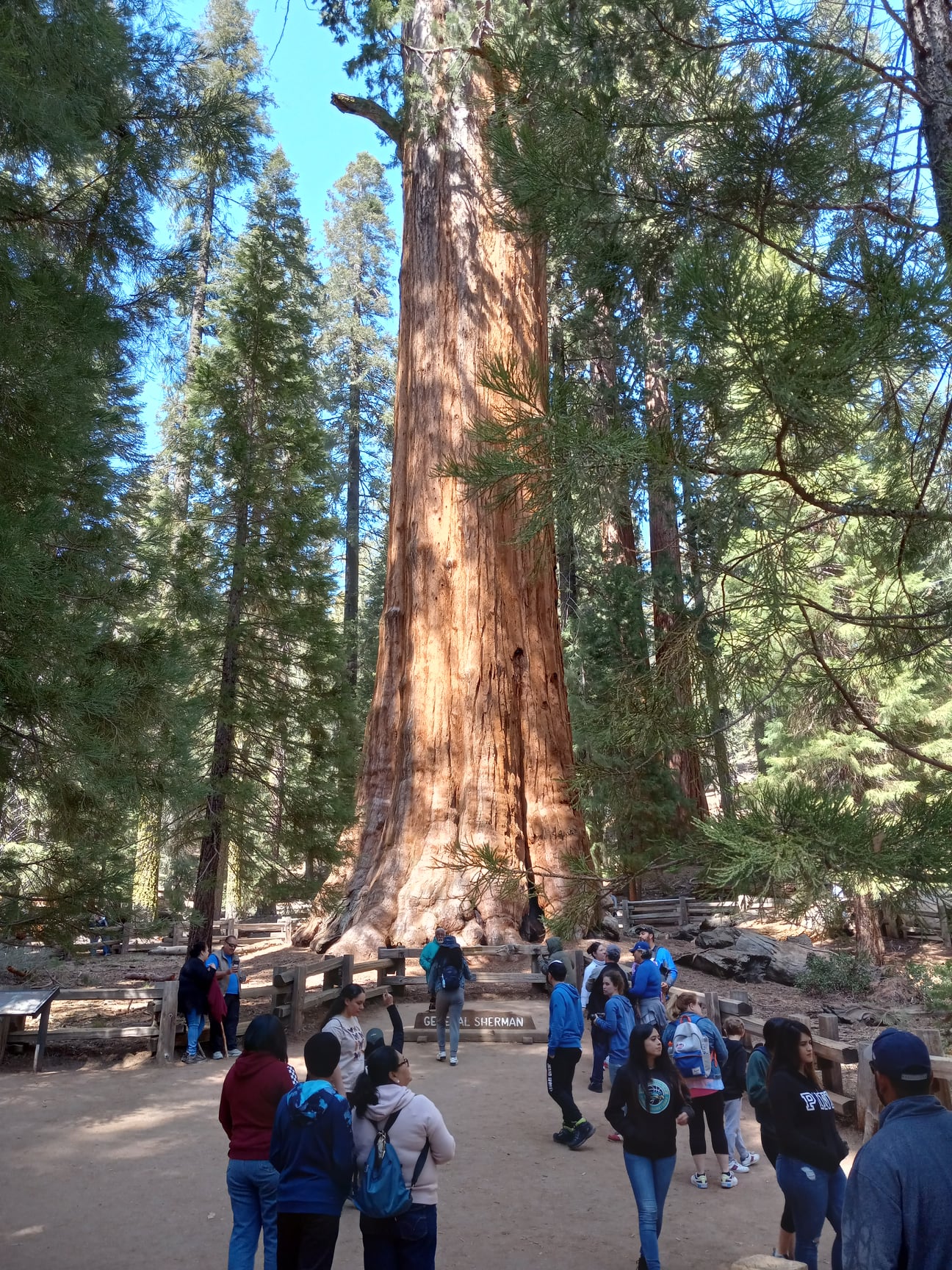Sequoia National Park Location-- Instructions and How to Arrive
Sequoia National Park Location-- Instructions and How to Arrive
Blog Article
Discover the Diverse Wildlife Habitats Within Sequoia National Park
Sequoia National Park is an eco-friendly treasure, showcasing an outstanding range of wild animals habitats that add to its rich biodiversity. From the magnificent giant sequoia forests to the varied alpine fields, each atmosphere plays an essential role in supporting numerous types, including both usual and uncommon animals. The interaction of these environments not only promotes an one-of-a-kind ecological community yet also highlights the value of preservation efforts in keeping this balance. As we examine the particular characteristics of these habitats, interesting inquiries arise concerning the interconnectedness of life within this remarkable landscape.
Summary of Sequoia National Forest
Sequoia National forest, snuggled in the southerly Sierra Nevada range of mountains of The golden state, is renowned for its impressive landscapes and looming large sequoias. Developed in 1890, it is among the oldest national parks in the United States, devoted to protecting the natural elegance and environmental integrity of this distinct region. The park incorporates over 404,000 acres of diverse terrain, including stunning mountains, deep canyons, and lush meadows.

Visitors can check out many hiking routes, ranging from leisurely walks to difficult backcountry paths, each supplying an unique perspective of the park's grandeur. With its mix of natural wonders and leisure possibilities, Sequoia National forest works as a vital haven for both wildlife and those looking for to get in touch with nature.

Major Wild Animals Habitats
The diverse landscapes of Sequoia National forest develop a mosaic of wild animals environments that support a rich variety of species. These environments range from lavish fields and dense forests to rocky alpine zones and extensive river valleys, each supplying one-of-a-kind environmental particular niches.
One noticeable habitat is the large sequoia forest, identified by looming trees and an abundant understory, which sustains different animals, birds, and bugs. The mixed conifer forests, made up of varieties such as sugar pine and white fir, offer additional sanctuary and food resources for wildlife.
Meadows and meadows play a vital role in the park's communities, offering as vital foraging premises for herbivores like deer and little animals. These open locations also bring in diverse bird types, especially throughout movement seasons.
The park's greater elevations include towering habitats, where conditions are rough and types are adapted to make it through in such extremes (Sequoia National Park hour). Below, one can discover distinct vegetation and fauna that prosper in rough, cold environments
Plants and Animal Diversity
Within the diverse ecosystems of Sequoia National Park, a remarkable variety of plants and animals coexists, showcasing the detailed partnerships that maintain the park's biodiversity. The park is home to over 1,300 plant types, including the legendary large sequoias, which are amongst the biggest and oldest trees in the world. These impressive trees provide crucial habitat and food resources for numerous wild animals, cultivating a complex web of environmental interactions.
Pet species in Sequoia National forest are just as varied, with environments ranging from lowland foothills to high alpine settings. Animals such as black bears, mule deer, and bobcats flourish in this rich ecological community, while bird varieties, consisting of the majestic golden eagle and the elusive discovered owl, poise the skies. Amphibians and reptiles, like the Sierra newt and the western rattlesnake, additionally play important functions in keeping ecological equilibrium.
The park's one-of-a-kind mix of altitude gradients and microclimates supports these varied varieties, highlighting the relevance of maintaining the natural environments that allow such a rich tapestry of life to thrive. Comprehending this diversity is crucial for appreciating the eco-friendly relevance of Sequoia National forest.
Preservation Efforts in the Park
Conservation initiatives in Sequoia National Park play an essential function in protecting its one-of-a-kind ecological communities and the diverse species that populate them. The park uses a complex method, consisting of environment repair, varieties monitoring, and invasive varieties management. These efforts are essential for maintaining the fragile equilibrium of the park's communities, which include huge sequoias, meadows, and towering settings.
Energetic reconstruction jobs concentrate on reestablishing native plant areas and restoring degraded habitats. Sequoia National Park hour. This is especially essential in areas influenced by human task or natural disturbances such as wildfires. The park's biologists conduct regular see post surveillance of crucial species, including the jeopardized Sierra Nevada bighorn sheep, to analyze population health and wellness and educate administration approaches
Invasive species present a considerable risk to the park's biodiversity. With these detailed initiatives, Sequoia National Park makes every effort to secure its abundant all-natural heritage for future generations while guaranteeing the resilience of its diverse wildlife environments.
Tips for Wild Animals Observation
Observing wildlife in Sequoia National Park supplies an unique chance to attach with nature and appreciate the varied species that flourish in this amazing habitat. To optimize your wild animals observation experience, take into consideration several necessary suggestions.
To start with, plan your check out during morning or late mid-day, as these times are most active for lots of pets. Bring binoculars to observe wild animals from a risk-free range without disrupting their natural habits. In addition, acquaint on your own with the types you hope to see; understanding their habits and environments can boost your chances of spotting them.
Patience is crucial; wild animals monitoring often needs waiting silently and understanding your surroundings. Remain on marked routes to minimize your influence on the ecological community and ensure your safety. It is additionally recommended to keep a respectful distance from animals, preventing any type of actions that might emphasize them or disrupt their atmosphere.
Last but not least, consider signing up with directed scenic tours led by experienced park rangers. These professionals can offer important understandings and increase your possibilities of witnessing wild animals in their natural settings. By complying with these ideas, you can enhance your experience and contribute to the conservation of Sequoia's wildlife.

Conclusion
Sequoia National Park offers as a vital haven for varied wild animals, showcasing an exceptional variety of habitats that sustain countless types. Eventually, the park's biodiversity underscores the relevance of preserving such all-natural landscapes for future generations.
Please visit one of our local supporters - Wholesale Liquidation Pallet Amazon Mystery Pallet
Report this page